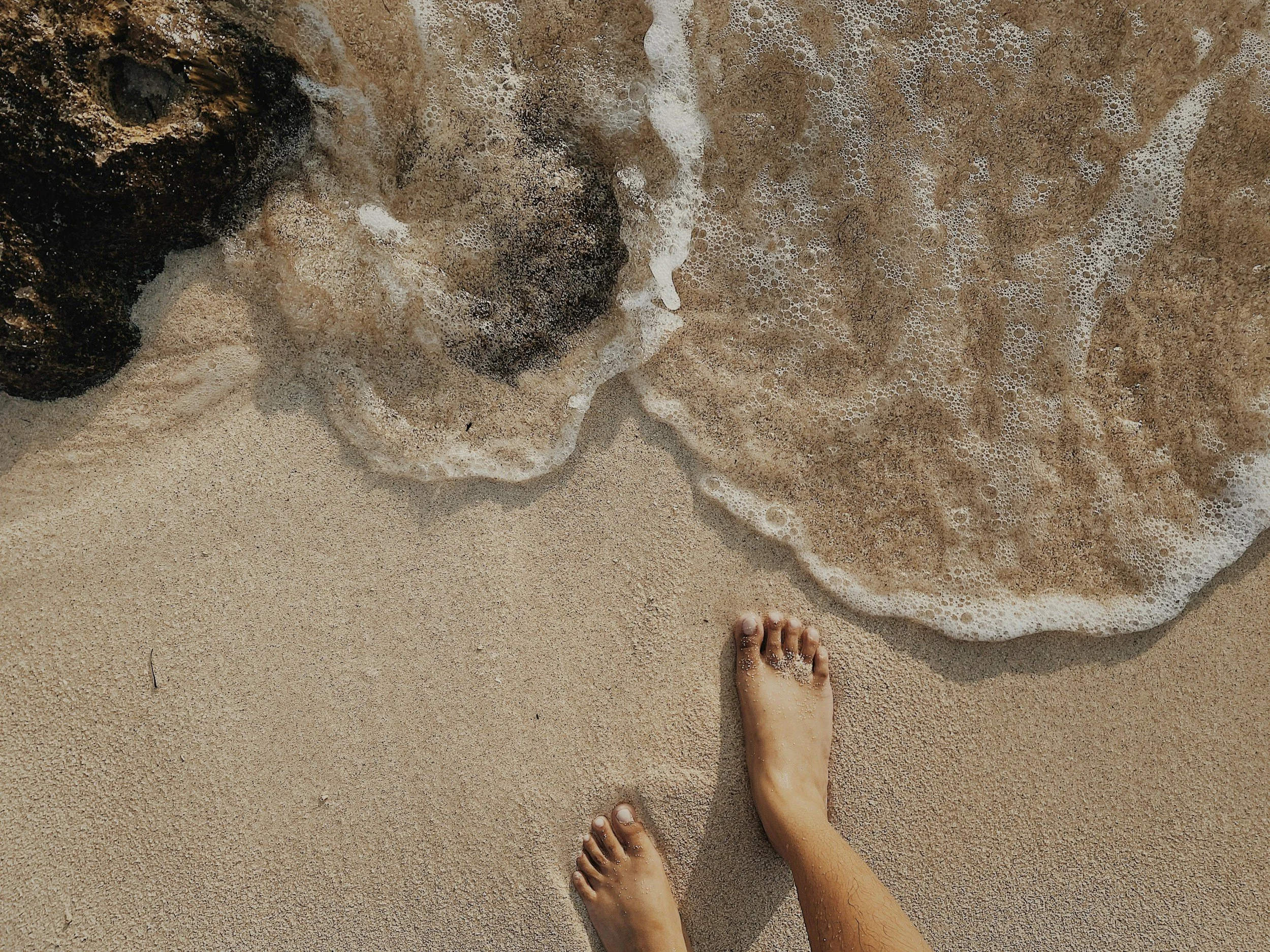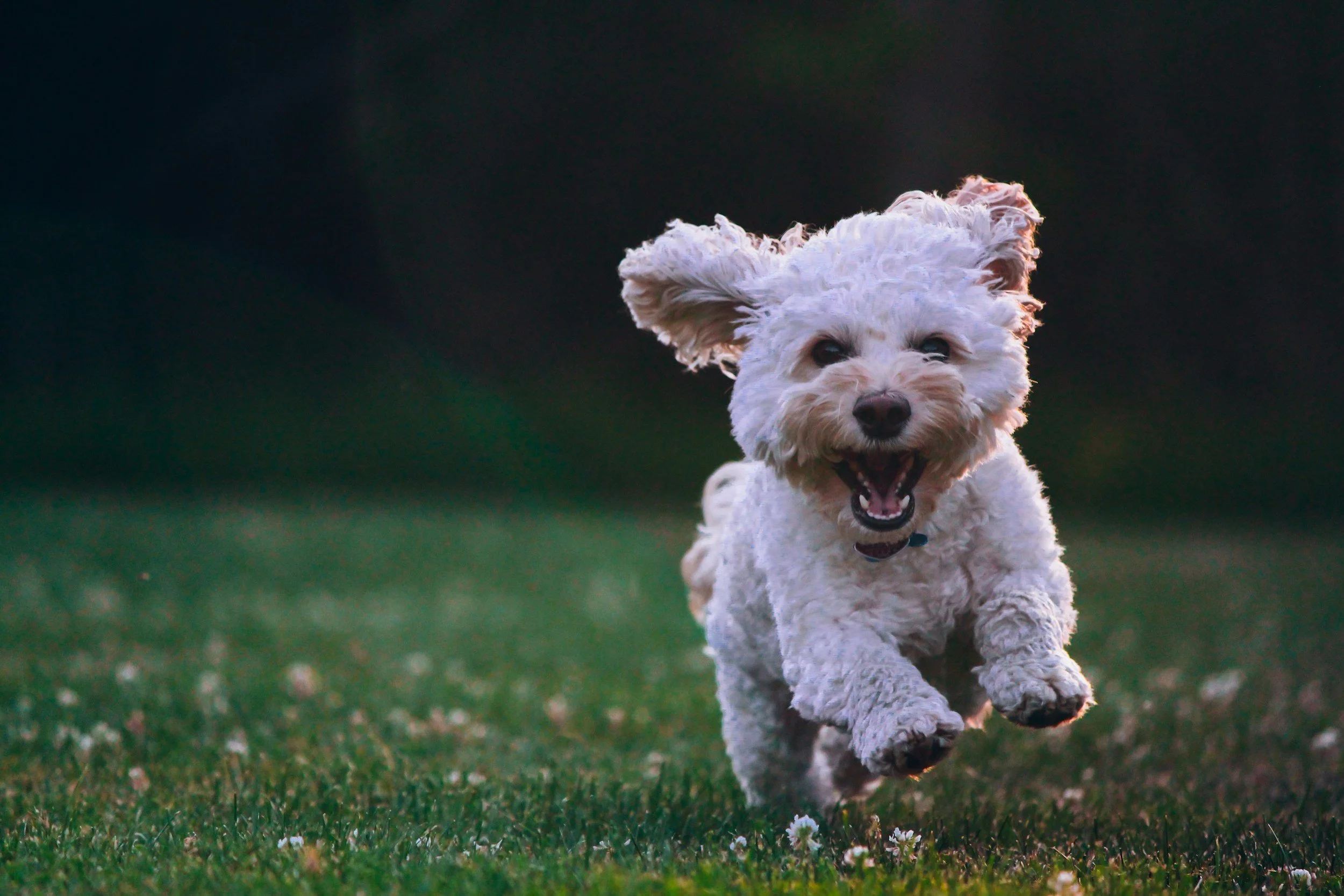If you’ve ever collapsed into bed exhausted—only to find your brain spinning at 100 miles per hour—you’re not alone. Many of us live in a chronic state of go-go-go, then wonder why we can’t fall asleep. In Part 1 of this series, we explored how the nervous system impacts sleep. In Part 2, we looked at transitions like perimenopause and life changes that can further disrupt our rest.
Now, in Part 3, we’ll explore practical Somatic Experiencing® techniques you can use throughout the day to stay within your window of resilience—so that when bedtime comes, your body actually feels safe enough to sleep.
Why is regulation during the day essential for sleep at night?
According to polyvagal theory, our autonomic nervous system is constantly scanning for cues of safety or danger. When we encounter stress—whether it's a difficult conversation, a deadline, or just a crowded grocery store—our body often responds by activating the sympathetic branch of the nervous system: fight or flight. If we don’t complete these responses or discharge the energy, it can stay lodged in the body, creating a backlog of activation.
This backlog can look like restlessness, intrusive thoughts, muscle tension, or a second wind late at night.
In contrast, when we support nervous system regulation throughout the day, we increase the likelihood that our system can access the parasympathetic state of rest and repair—also known as the ventral vagal state—when it’s time to sleep.
Grounding: Plugging Back Into the Earth
Grounding helps the body feel more anchored, stable, and present. It gives the nervous system a signal that you are here now—and safe enough.
Try this:
Take your shoes off and place your feet firmly on the ground.
Press gently into your heels, then into the balls of your feet, then your toes.
Feel the texture of the surface beneath you: carpet, tile, soil, sand.
Notice what happens in your breath or body as you do this.
You can also ground through sensation: holding a warm mug, rubbing scented oil into your hands, or wrapping yourself in a heavy blanket. In the Coachella Valley, even touching a warm rock or tree can offer a deeply somatic form of reconnection.
Practicing grounding before or after meetings, during transitions, or while listening to your favorite podcast can support self-awareness which helps accumulate regulation throughout the day.
Orienting: Letting the Body Know You’re Not in Danger
Orienting is one of the most natural and powerful somatic tools we have. It’s what animals do when they enter a new space—scanning the environment to assess whether it’s safe. My beloved dog Yogi — a ten-pound Yorkipoo — would always would do this when he came into the office or a new space, just to make sure it was safe for him and everyone else.
Try this:
Gently move your head and neck to look around the space you’re in.
Let your eyes move slowly. Don’t force yourself to see anything specific—just let yourself notice.
You might find your breath shifting, your shoulders lowering, or your jaw relaxing.
You can orient in bed before you fall asleep by softly scanning the room with your eyes, naming what you see: a lamp, a plant, a painting. This simple act helps the body confirm that you are not in a war zone or a stressful Zoom room—you’re in your bed, and it’s safe to rest.
Resourcing: Remembering What Brings You Strength
Resourcing invites us to connect with images, people, places, or sensations that give us a sense of strength, calm, or joy. These aren’t just “positive thoughts”—they are felt experiences that anchor the body in a state of safety.
Try this:
Think of a place (perhaps in nature )that you love.
Imagine yourself there: What does it smell like? What colors do you see? What sounds are present?
Notice if your body starts to shift in any way—more breath, less tension, more warmth.
Other resources might include:
A pet or loved one
A spiritual figure or teacher
A favorite poem or song
A memory of being held, safe, or free
Resourcing during the day builds a buffer in the nervous system, so you’re not running on empty by evening. It’s especially helpful if you’ve had a stressful day and want to reset your baseline.
Self-Contact: Touch That Calms the System
Touch can be profoundly regulating when it comes from you, to you. This is known as self-contact, and it can help your system shift out of sympathetic overdrive and into rest mode.
Try this:
Place one hand on your heart and one on your belly.
Feel the warmth of your hands.
Breathe gently, imagining your breath moving between your hands.
Other forms of self-contact include:
Placing a hand on the back of your neck
Cradling your face
Gently stroking your arms
Place one hand on your chest and the other on top of it
Try doing this while lying in bed, when you could use a little extra support during a client meeting or when you first wake up. This kind of touch isn’t about fixing anything—it’s about offering your body the cues of safety it needs to downshift.
Bringing It All Together
The truth is, sleep doesn’t start at bedtime.
It starts in the morning, when we begin to shape the conditions for regulation throughout the day.
When we practice grounding, orienting, resourcing, and self-contact regularly, we’re sending our nervous system the message: you are safe enough to rest.
Try layering one of these practices into your daily rhythm—just 2–3 minutes at a time. Over time, you’ll start to notice more ease in your system… and perhaps, more rest at night.
If you missed the earlier parts of this series, you can read them here:
🌙 Part 1: Understanding the Nervous System–Sleep Connection
🌿 Part 2: Navigating Transitions and Hormones with Somatic Wisdom
If you're struggling with chronic stress, anxiety, or sleep challenges, you're not alone. I offer trauma-informed coaching and Somatic Experiencing in Palm Springs and online. Let's work together to support your nervous system—and your rest.


















